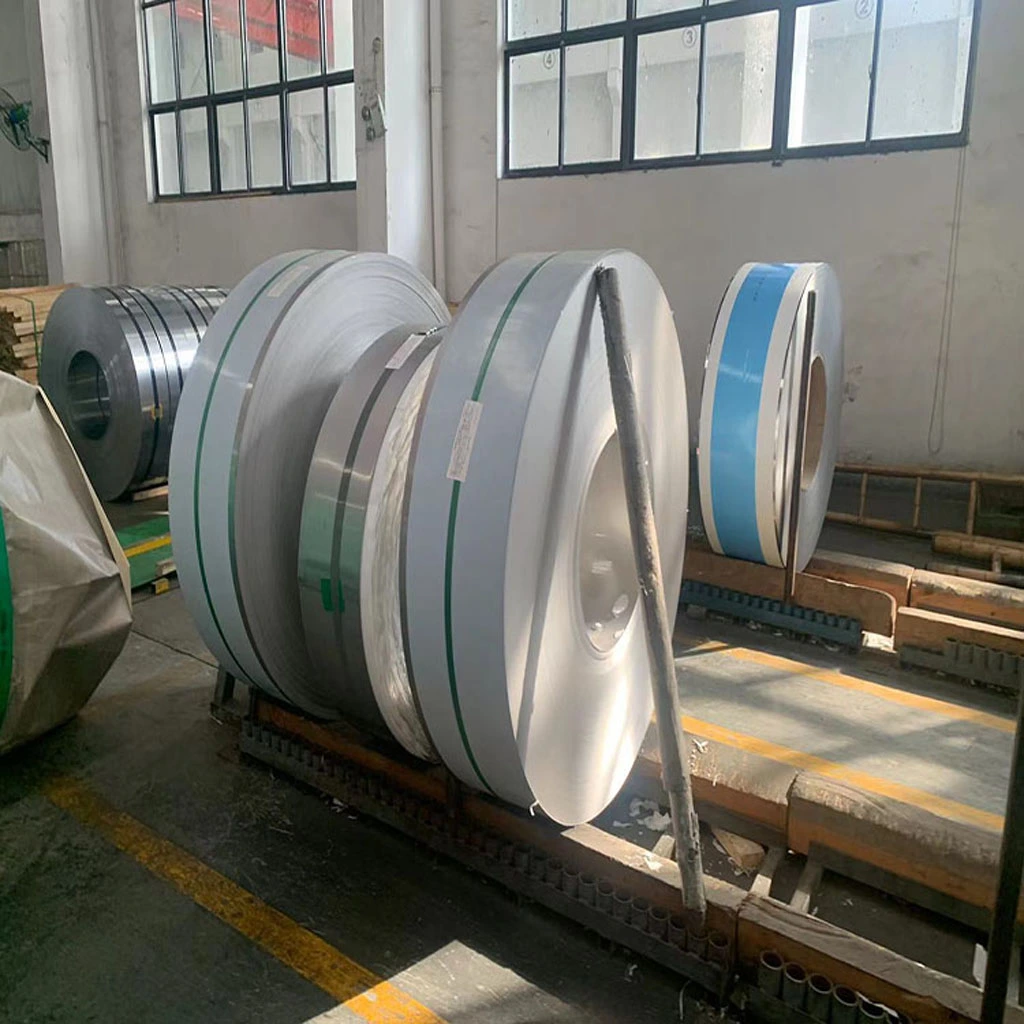What is 321 stainless steel?
2023-06-14
What is 321 stainless steel?
321 stainless steel is a high-strength, corrosion-resistant alloy that belongs to the austenitic family of stainless steels. It is primarily composed of iron, with significant additions of chromium, nickel, and a small amount of titanium. The titanium content in 321 stainless steel provides improved resistance to intergranular corrosion, making it well-suited for applications involving exposure to high temperatures. This alloy offers excellent mechanical properties, including good ductility and toughness, along with high creep and stress rupture strengths. Its outstanding resistance to oxidation and scaling at elevated temperatures makes it a popular choice in various industries, such as aerospace, automotive, chemical processing, and thermal processing equipment. Additionally, 321 stainless steel can be easily formed, welded, and fabricated, adding to its versatility and wide range of applications.
Chemical composition of 321 stainless steel
Chemical composition of 321 stainless steel typically consists of the following elements:
Carbon (C): 0.08% maximum
Silicon (Si): 1.00% maximum
Manganese (Mn): 2.00% maximum
Phosphorus (P): 0.045% maximum
Sulfur (S): 0.030% maximum
Chromium (Cr): 17.0% – 19.0%
Nickel (Ni): 9.0% – 12.0%
N: 0.1% maximum
Titanium (Ti): 5x(C+N) – 0.70% maximum
Note: Trace amounts of other elements may be present, but the above elements are the main constituents of 321 stainless steel.
What are the mechanical properties of 321 stainless steel?
The mechanical properties of 321 stainless steel can vary depending on factors such as the manufacturing process, heat treatment, and specific alloy composition. However, here are the typical mechanical properties for annealed 321 stainless steel:
Tensile Strength: 515 MPa (75,000 psi) minimum
Yield Strength: 205 MPa (30,000 psi) minimum
Elongation: 40% minimum
Hardness: Brinell hardness of approximately 217
It’s important to note that these values are approximate and can vary slightly depending on the specific material and testing methods.
What are the physical properties of 321 stainless steel?
The physical properties of 321 stainless steel include the following:
Density: 7.93 g/cm³ (0.286 lb/in³)
Melting Point: 1398-1446°C (2550-2635°F)
Specific Heat Capacity: 0.50 J/g°C (0.12 BTU/lb°F)
Thermal Conductivity: 16.3 W/m°C (9.4 BTU/h ft°F)
Electrical Resistivity: 72 microohm-cm at 20°C (28.3 microohm-in at 68°F)
Magnetic Properties: 321 stainless steel is generally non-magnetic in the annealed condition but may exhibit some degree of magnetism after cold working or welding.
These values are typical for 321 stainless steel and may vary slightly depending on the specific alloy composition and manufacturing processes.
What are the characteristics of 321 stainless steel?
321 stainless steel possesses several key characteristics, including:
Corrosion Resistance: One of the significant advantages of 321 stainless steel is its excellent corrosion resistance. It demonstrates good resistance to general corrosion in many environments, including organic acids, alkaline solutions, and mild chloride-containing environments. The addition of titanium helps stabilize the alloy against sensitization and intergranular corrosion.
High Temperature Resistance: 321 stainless steel retains its strength and mechanical properties at elevated temperatures, making it suitable for applications involving high temperatures. It has a higher creep strength compared to other austenitic stainless steels, enabling it to withstand prolonged exposure to temperatures up to approximately 900°C (1650°F).
Weldability: 321 stainless steel exhibits good weldability and can be readily welded using common fusion and resistance welding techniques. It is often used in applications where welding is necessary, such as in the fabrication of exhaust systems and high-temperature equipment.
Formability and Ductility: The alloy offers good formability, allowing it to be easily formed into various shapes and sizes. It also possesses high ductility, enabling it to withstand deformation without significant loss of toughness or strength.
Stabilized against Chromium Carbide Precipitation: The addition of titanium in 321 stainless steel helps prevent the formation of chromium carbides at grain boundaries, which can cause sensitization and intergranular corrosion. This stabilization makes it suitable for applications involving prolonged exposure to high temperatures.
What are the characteristics of 321 stainless steel?
321 stainless steel is widely used in various industries due to its unique combination of excellent corrosion resistance, high-temperature strength, and weldability. Its common applications span across different sectors, including aerospace, automotive, chemical processing, food processing, and oil and gas. In the aerospace industry, 321 stainless steel is utilized in the manufacturing of exhaust systems, aircraft components, and engine parts that require resistance to high temperatures and corrosion. The automotive industry employs it in exhaust manifolds and catalytic converters. In chemical processing, 321 stainless steel finds use in equipment such as reactors, heat exchangers, and storage tanks where it can withstand corrosive chemicals and high temperatures. Additionally, it is widely employed in food processing equipment where corrosion resistance and cleanliness are crucial. Furthermore, the oil and gas industry relies on 321 stainless steel for pipelines, valves, and fittings exposed to corrosive environments.
